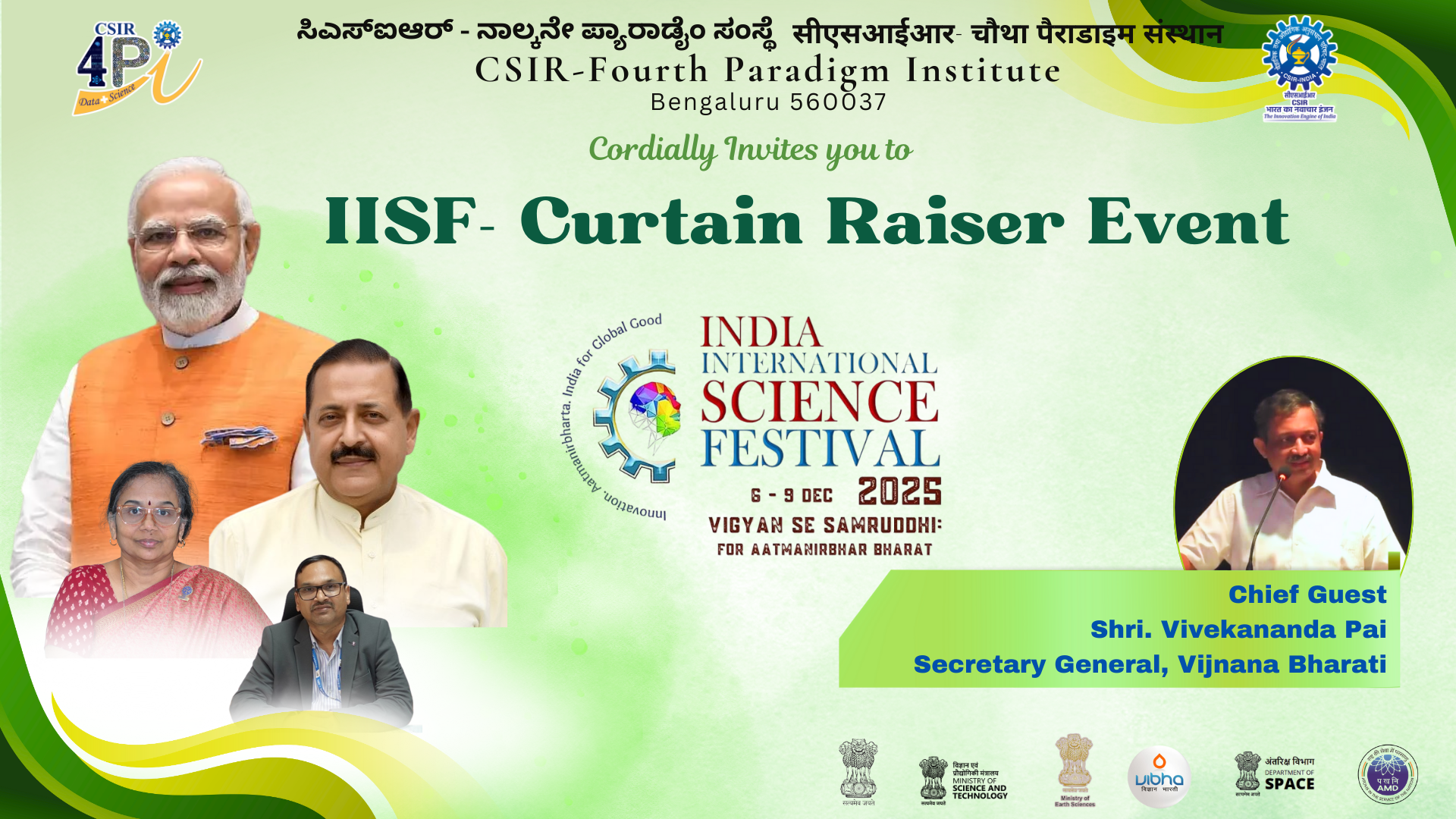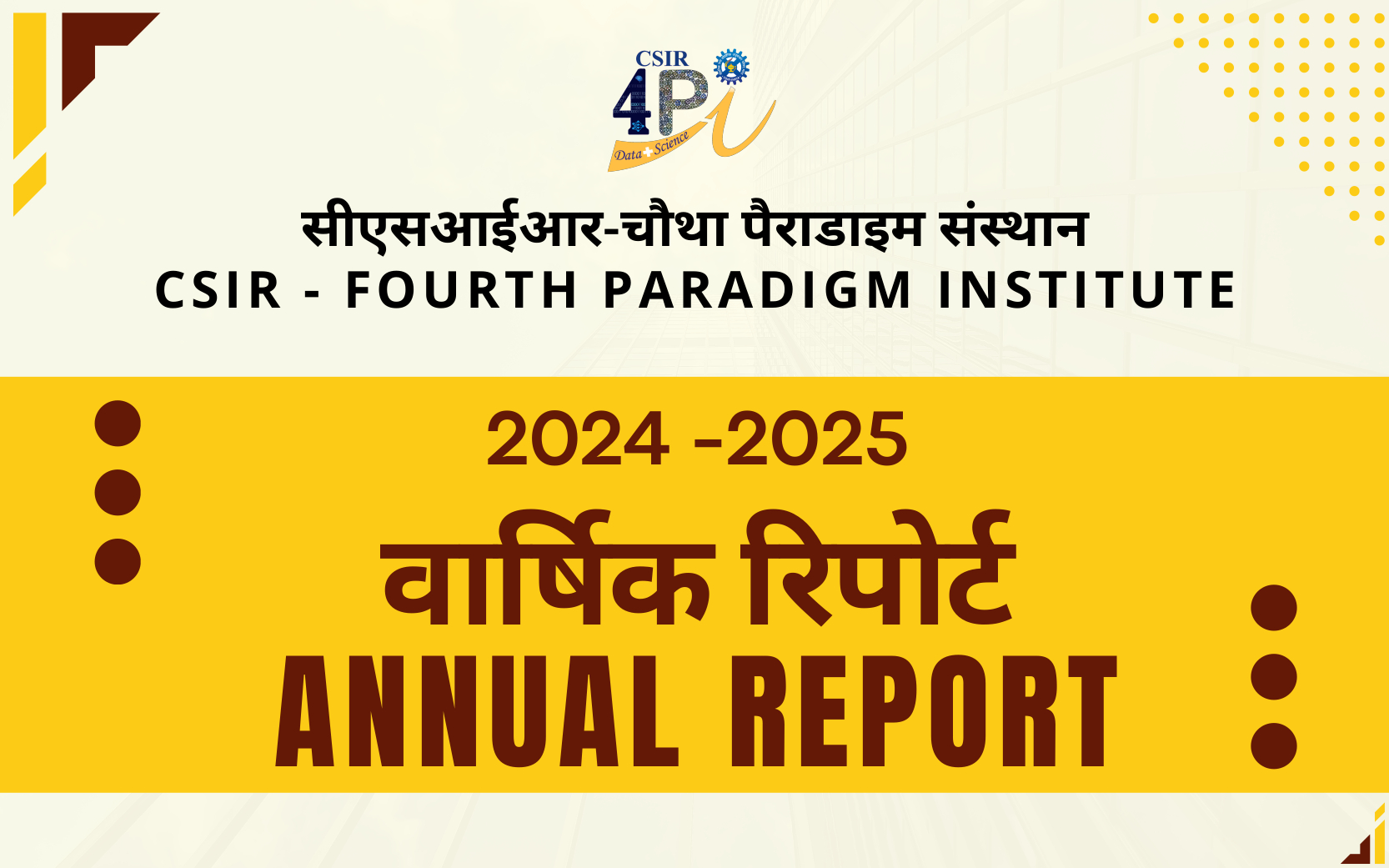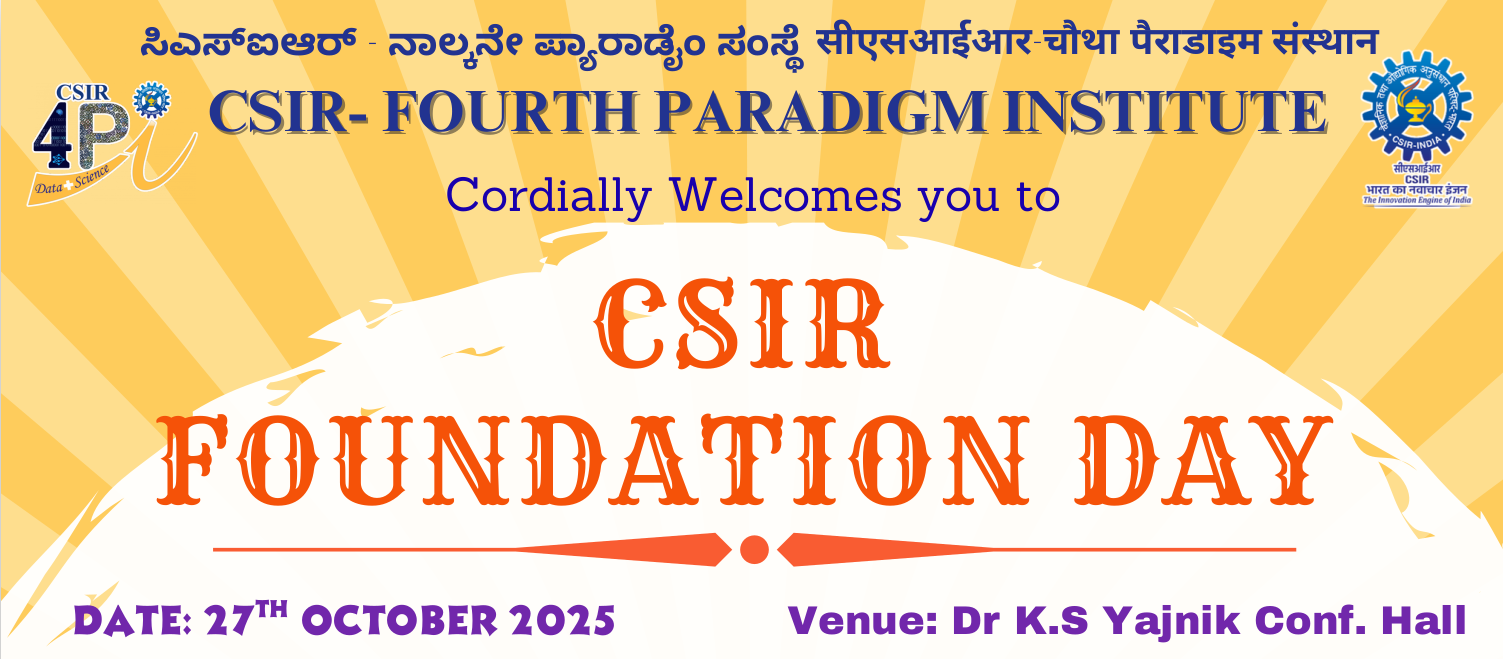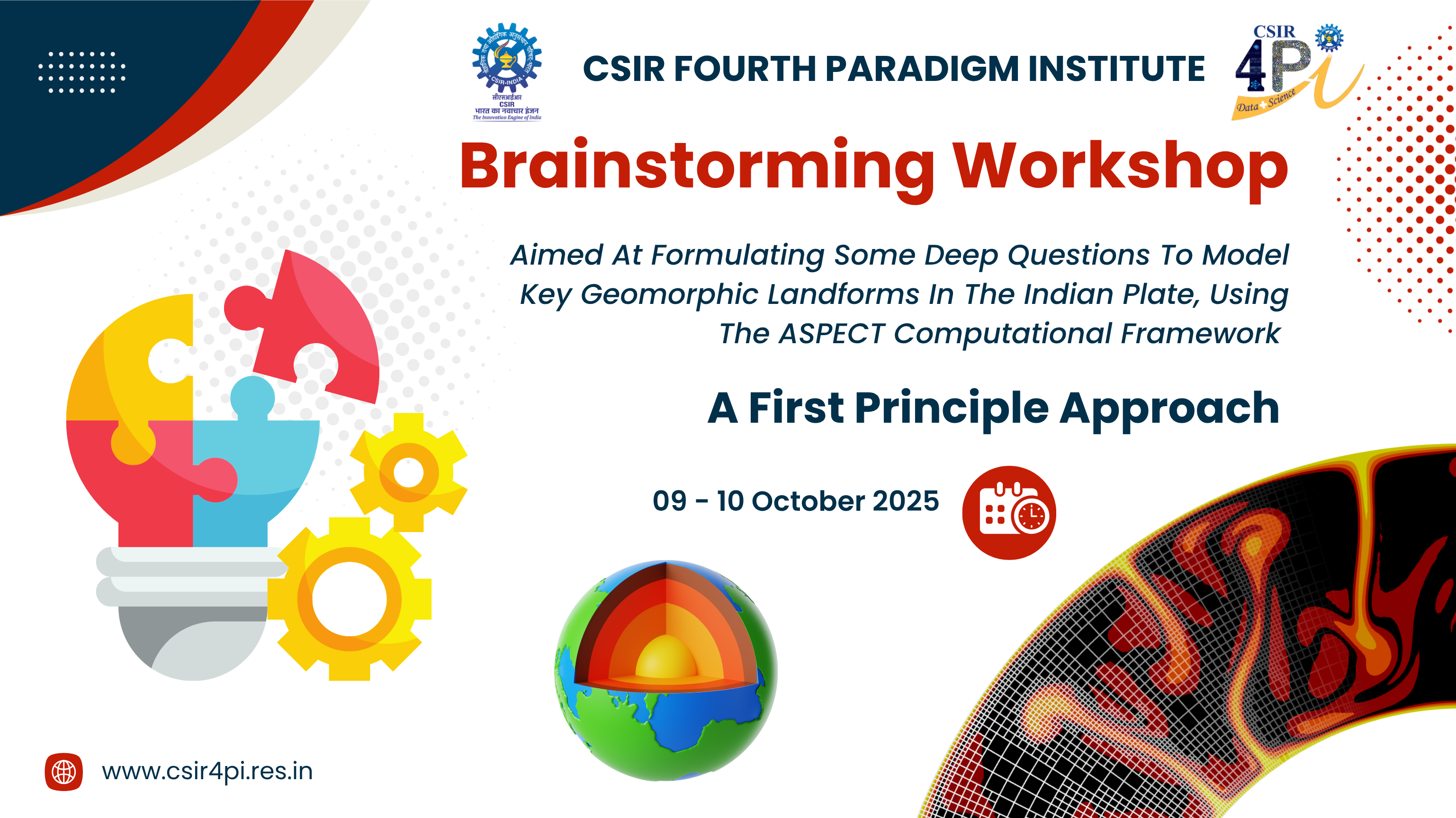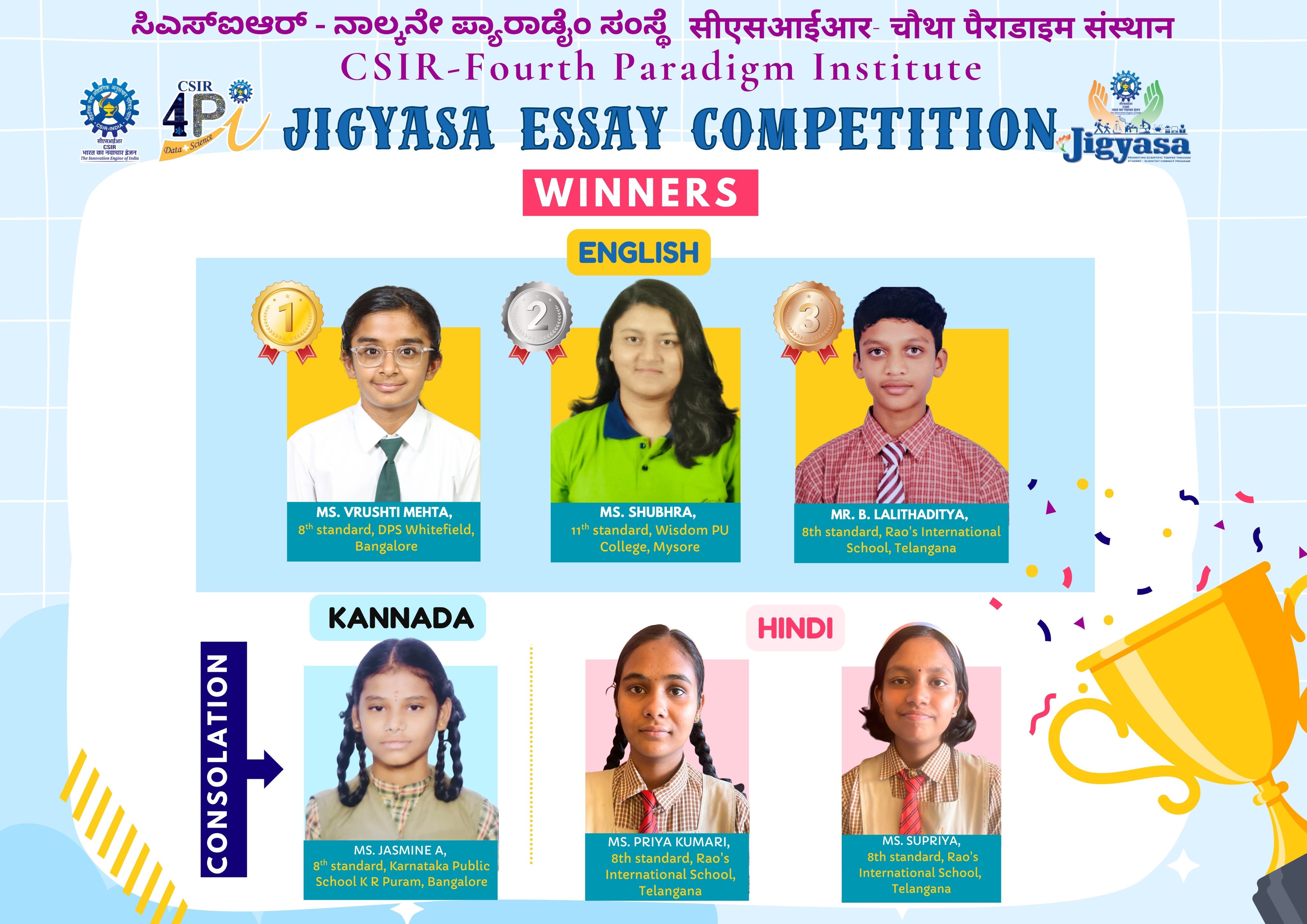by Rameshan Kallummal
Low-frequency changes in the tropical Indian Ocean surface temperature have previously been investigated in the context of the Indian Ocean basin-wide (IOBM) and dipole (IOD) modes. The IOBM and IOD are the leading eigenmodes estimated from a traditional anomaly of SST. This approach ignores the possibility of multiple seasonal cycles (SCs) having different geographic patterns and interannually modulating amplitudes. The analyses presented here are anchored on the four sets of multivariate seasonal cycles independently extracted from the monthly observations of sea surface temperature (SST), surface wind, and surface pressure variations. We show that the secular warming, encapsulated by the monotonic variations of the first SC of SST (SST–SC1), differs from the previous linear trend patterns and has the most significant variance in the Indian Ocean Warm Pool (IOWP). Hence, these warming tendencies quantify the monotonic expansion rates of IOWP. The most significant interannual responses of Indian Ocean SST to remote forces (such as El Niño and La Niña) are also captured by SST–SC1. Unlike the traditional IOBM but similar to SST–SC1’s secular warming, these remotely forced interannual signals also have considerable variances in IOWP. The interannual variations in SST’s third seasonal cycle (i.e., SST–SC3) inherit SST–SC3’s dipole pattern but diverge from classical IOD in many aspects and are predominantly controlled by local processes. However, they are insufficient to account for the total interannual signals on their own. The collective interannual variations of four seasonal cycles—with significant variances off Africa’s eastern shores—demonstrate basin-wide unipolar patterns. Hence, SST interannual signals in the north-western Indian Ocean and the constantly growing warming in the IOWP influence climate and weather over countries surrounding the Indian Ocean. Thus, this study offers a simple way to separate three types of climate signals: secular, internal, and remotely induced climate fluctuations.
Source: https://doi.org/10.1007/s00382-022-06347-5
by Hariprasad Vavilala, Nikhila Yaladanda, Phani Krishna Kondeti, Rafiq Unissa, Rajasekhar Mopuri, Krushna Chandra Gouda, Kantha Rao Bhimala, Madhusudhan Rao Kadiri, Suryanaryana Murty Upadhyayula & Srinivasa Rao Mutheneni
Malaria is an endemic disease in India and targeted to eliminate by the year 2030. The present study is aimed at understanding the epidemiological patterns of malaria transmission dynamics in Assam and Arunachal Pradesh followed by the development of a malaria prediction model using monthly climate factors. A total of 144,055 cases in Assam during 2011–2018 and 42,970 cases in Arunachal Pradesh were reported during the 2011–2019 period observed, and Plasmodium falciparum (74.5%) was the most predominant parasite in Assam, whereas Plasmodium vivax (66%) in Arunachal Pradesh. Malaria transmission showed a strong seasonal variation where most of the cases were reported during the monsoon period (Assam, 51.9%, and Arunachal Pradesh, 53.6%). Similarly, the malaria incidence was highest in the male population in both states (Asam, 55.75%, and Arunachal Pradesh, 51.43%), and the disease risk is also higher among the > 15 years age group (Assam, 61.7%, and Arunachal Pradesh, 67.9%). To predict the malaria incidence, Bayesian structural time series (BSTS) and Seasonal Auto-Regressive Integrated Moving Average with eXogenous factors (SARIMAX) models were implemented. A statistically significant association between malaria cases and climate variables was observed. The most influencing climate factors are found to be maximum and mean temperature with a 6-month lag, and it showed a negative association with malaria incidence. The BSTS model has shown superior performance on the optimal auto-correlated dataset (OAD) which contains auto-correlated malaria cases, cross-correlated climate variables besides malaria cases in both Assam (RMSE, 0.106; MAE, 0.089; and SMAPE, 19.2%) and Arunachal Pradesh (RMSE, 0.128; MAE, 0.122; and SMAPE, 22.6%) than the SARIMAX model. The findings suggest that the predictive performance of the BSTS model is outperformed, and it may be helpful for ongoing intervention strategies by governmental and nongovernmental agencies in the northeast region to combat the disease effectively.
Source: https://doi.org/10.1007/s11356-022-20642-y

